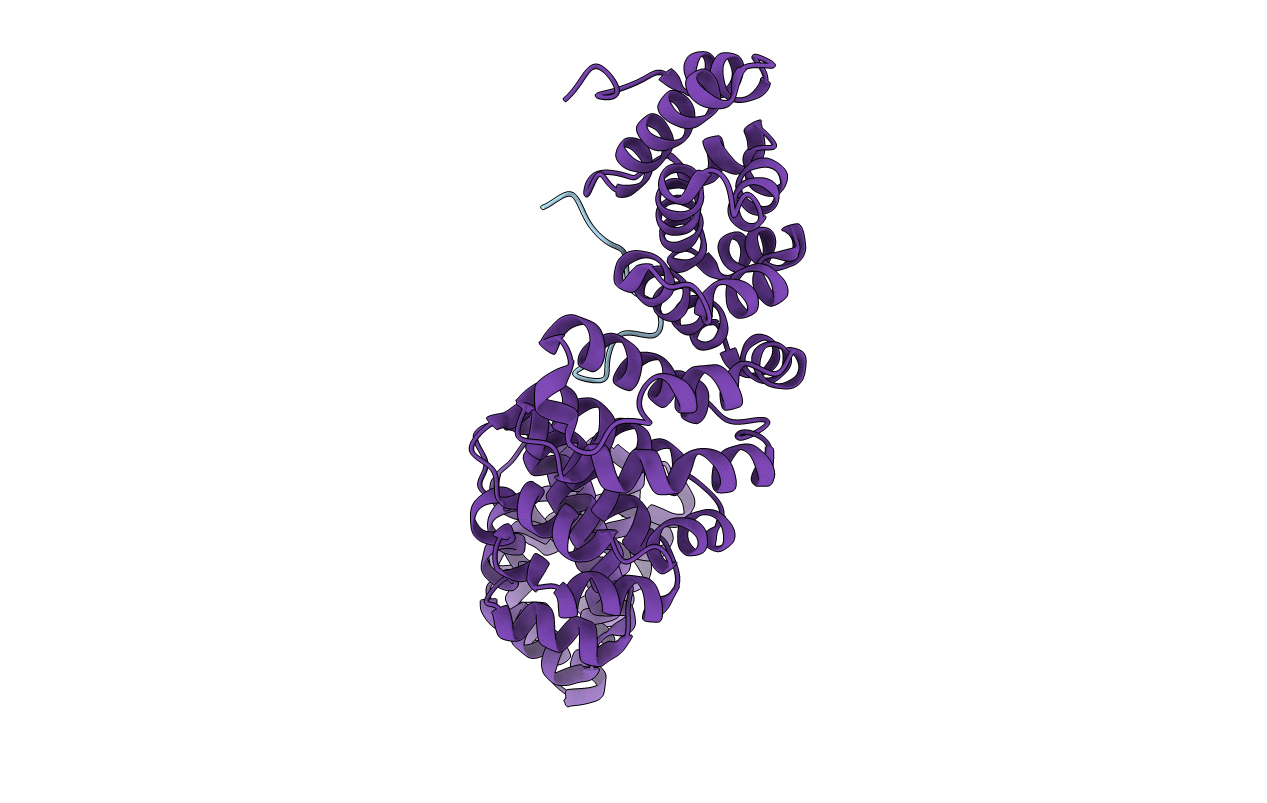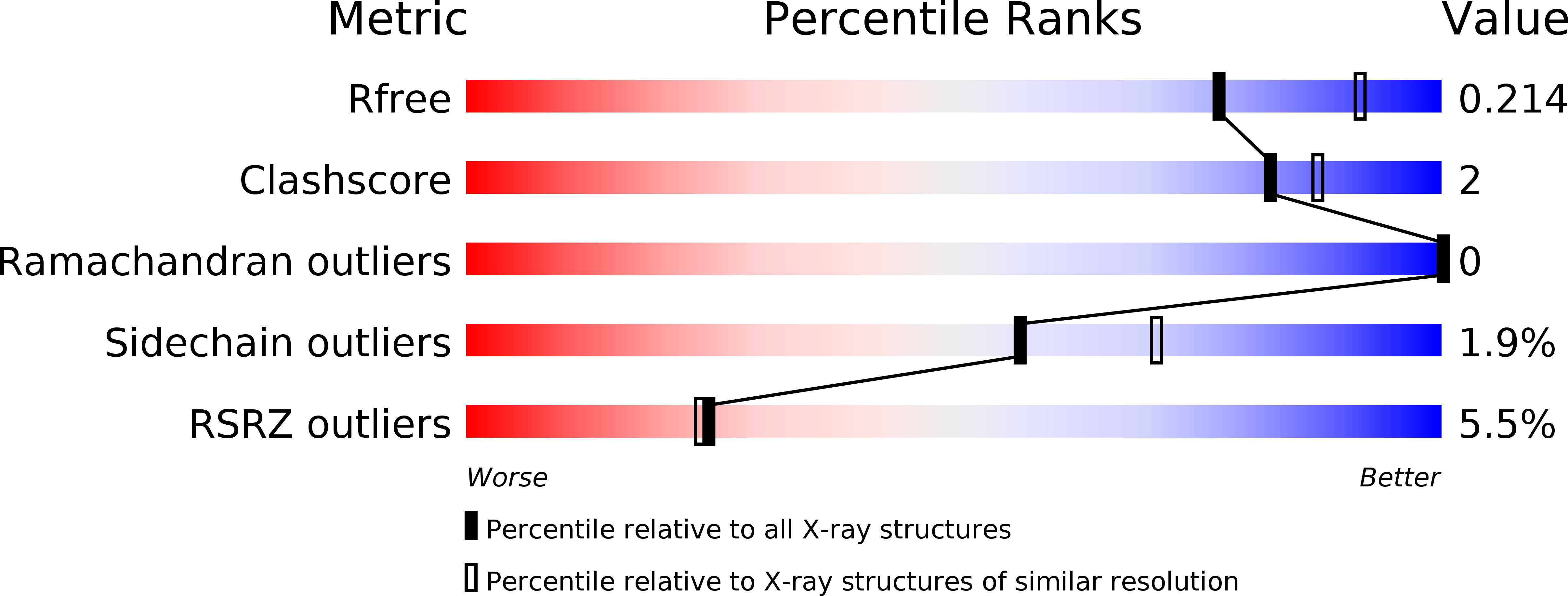
Deposition Date
2016-01-11
Release Date
2016-05-18
Last Version Date
2024-03-06
Entry Detail
PDB ID:
5HHG
Keywords:
Title:
Mouse importin alpha: Dengue 2 NS5 C-terminal NLS peptide complex
Biological Source:
Source Organism:
Dengue virus type 2 (strain Puerto Rico/PR159-S1/1969) (Taxon ID: 11066)
Mus musculus (Taxon ID: 10090)
Mus musculus (Taxon ID: 10090)
Host Organism:
Method Details:
Experimental Method:
Resolution:
2.20 Å
R-Value Free:
0.21
R-Value Work:
0.17
R-Value Observed:
0.17
Space Group:
P 21 21 21


